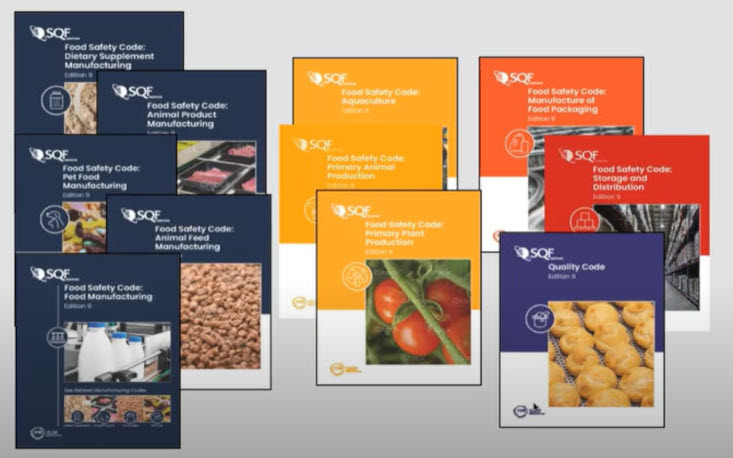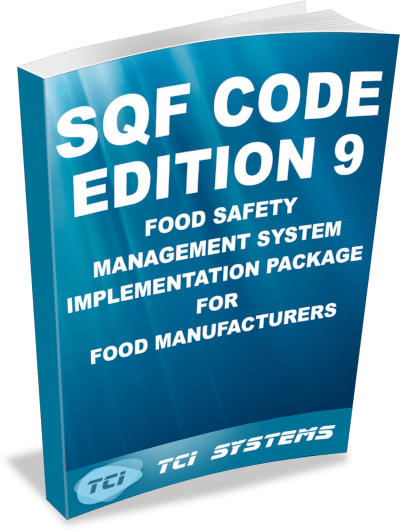MAINTAINING FOOD SAFETY STANDARDS DURING A PANDEMIC – PART 4
This is the final part of our 4-part article series on how we at BRC have approached maintaining food safety standard during this pandemic. If you have not read the previous articles, you can find them here:
We will round up our discussion with the challenges of pest control, a word about non-conformities and some notes on training methods.

Pest contractors have said that remote pest audits can be done in the interim if a site visit isn’t feasible and things like trend analysis review meetings can certainly be done remotely. This is better than not happening at all, but we have heard of occasions where pest contractors have not been given remote access to on-site pest control management systems and that’s mainly due to security reasons or hurdles. This can be very easily addressed by NDA’s or confidentiality policies. What we do know is that monthly pest control visits have been maintained and we haven’t really heard of many issues with that.
What we have heard is that field biologists weren’t always allowed on site, or their visits were being postponed. We heard some sites could end up not having a field biologist visit for nearly two years by the time the pandemic is over. This does contravene clause 4.14.10 of the food standard. We are not clear why field biologists weren’t being allowed on site, is it cost cutting or is it that sites don’t fully appreciate what the field biologist contributes or was it because the staff were being furloughed and they weren’t there to action the report? We don’t know but certainly what we heard was there was a 35% reduction in food and field biologist visits from one contractor. This of course raises some concerns, not only from a food safety point of view, but also because of all those delayed visits we’re going to have that inevitable backlog of scheduled visits and that now must be managed. So, this begs the question do sites fully appreciate the importance of your field biologist?
Just to add to the concerns from pest control companies, we know that some food sectors saw a huge increase in production demand at the early stages of the pandemic and if this is not managed correctly this can lead to less time to clean and less downtime for maintenance and deep clean. If you add in problems with stockpiling of raw materials and finished products and warehousing this could result in more places for a pest to harbour. If that’s not managed correctly, you’re going to end up with these sudden emergency callouts which are more costly for the site at the end of the day and that’s what we want to avoid.
The other thing that’s important to remember is when the lockdown happened it happened very quickly, and some sites just didn’t have a formal shutdown process. They didn’t have time to implement a thorough shutdown process and that could have led to some food safety prerequisites, such as pest control, not being managed correctly. It’s imperative that everybody has a reopening procedure implemented for when sites or parts of the site are reopened.
Information on pest sightings during the pandemic and whether they increased or decreased. This was a survey conducted by the British pest control association (BPCA) and they found that during the pandemic there was a 78% increase in rat activity and a 63% increase in mice activity. This emphasizes the importance of rigorous compliance especially around proofing and monitoring. It also emphasizes the fact that compliance isn’t just for the audit. Sites must operate in accordance with the BRCGS food standard 365 days of the year if they expect to maintain a rigorous food safety management system. If you have some parts of your site have been closed during the pandemic it might benefit from a field biologist visit to help you out with your reopening. ‘Becoming pest ready’ is another document by the BPCA with some guidance on how to reopen your site. That can be found on the BPCA website.
Moving on to non-conformities, the question is, did the pandemic create new non-conformities or have a notable impact on their prevalence? You can see in this image the percentage of audits that contained certain non-conformances. We just want to put this into context. To understand whether non-conformances differed during the pandemic was quite tricky because there was the added complication of comparing two untypical years. For most sites, 2019 was their first Issue 8 audit which was published in August 2018. Which means their first audit was 2019 and that always affects the pattern of non-conformances at sites because sites have got to get used to the new clauses and take some time to understand how to apply them to their facility. Then of course in 2020 we have had the pandemic, so we have had two consecutive years of potentially untypical data to try and trend.

If you look at the right-hand side of the image, clause 1.1.2 food safety culture was new in 2018 and that immediately was the top of the non-conformances. It’s relatively new for our industry and similarly with clause 2.7.1, the radiological hazard bullet point was new to sites, and this caused some non-conformances. If you look on the right-hand side for the following year those non-conformances moved down to position three and five. What we do see over the years is that the non-conformances have only changed slightly, and the top non-conformances have not had a huge amount of change. Not all the statistics on the remote audits have been done yet because we don’t really have a significant number of audits completed to make the statistics meaningful but what we will do is continue to monitor that as the pandemic progresses.
What we can see is that the overall number of minor non-conformances allocated were slightly down year on year but mostly consistent which suggests that, despite all the challenges, sites are maintaining their food standard clauses reasonably well. Sites must maintain their food safety standards during the pandemic, and they have had to make an awful lot of changes to their sites and operationally to comply to the new Covid rules. We know sites had to focus on these four specific clauses: 2.14.1, 2.2.1, 5.1.2 and clause 4.11.3.
What’s useful here is that the standard gives them flexibility to change systems in a controlled way and therefore maintain food safety and risks. This reinforces how standards are designed to help sites to manage changes such as the pandemic.
Finally, just a word about training. One of the key lessons was that remote working thrust virtual learning into the limelight. This has had a huge impact in breaking down the geographical boundaries that have been traditionally associated with classroom learning. If we look at the importance of having contingencies for training when face-to-face training is not possible. BRCGS has training locations all over the globe. They really took an early commitment that they were going to find ways of adapting to support their certificated sites to continue to develop their teams and to maintain this technical level of competence.
Sites that are more agile and more people-centric will be much better positioned to bounce back stronger once this pandemic is over so by adapting our content and our approach, we have redeveloped our packages to make sure that they’re providing an even better online experience. BRCGS had to reconsider how they did training, they had to adapt and to change. They have reframed the content to make it more online friendly, adapted the training methods so learners are getting a much better experience out of the virtual classroom environment. It’s all now delivered through virtual platforms they have even looked at mobile micro learning. That’s where they’re developing these mobile friendly learning options made as easy as possible for people to learn. There are platforms to allow learners to target specific skill areas that really meet their requirements and their business and professional schedules. Virtual events at BRCGS have switched from traditional learning conferences to virtual conferences and they have been a huge success they are going to continue to support their global network with virtual in-person and hybrids events in 2021 and 2022.







